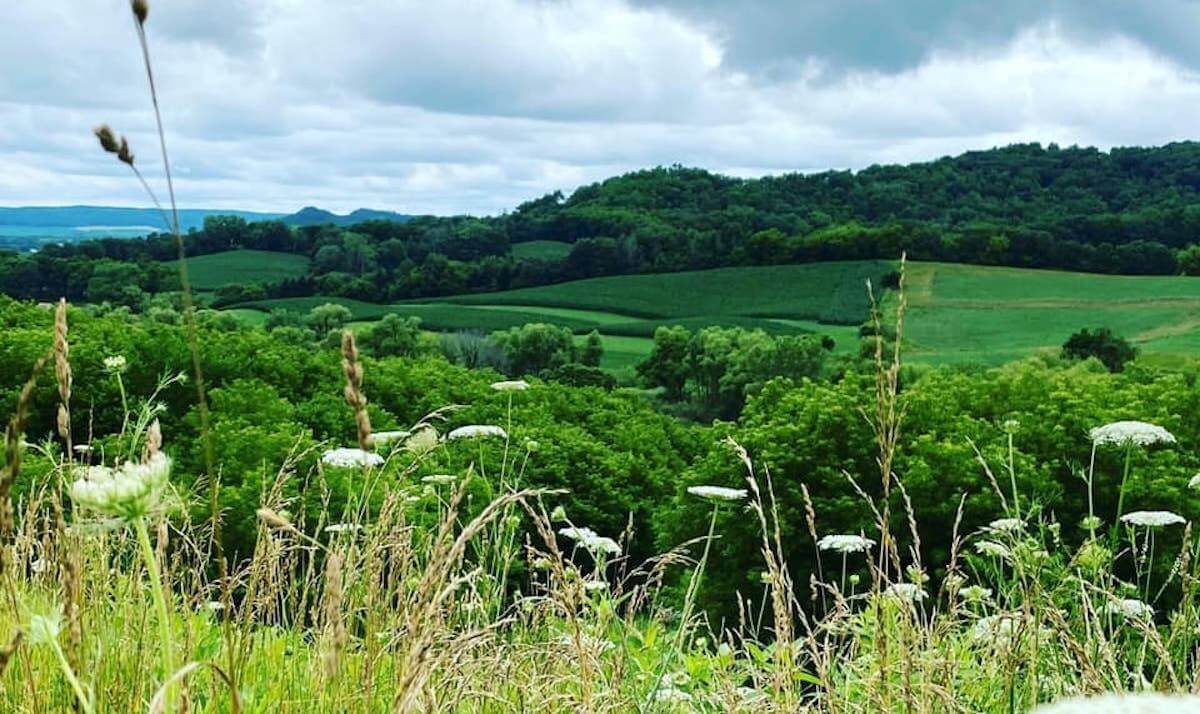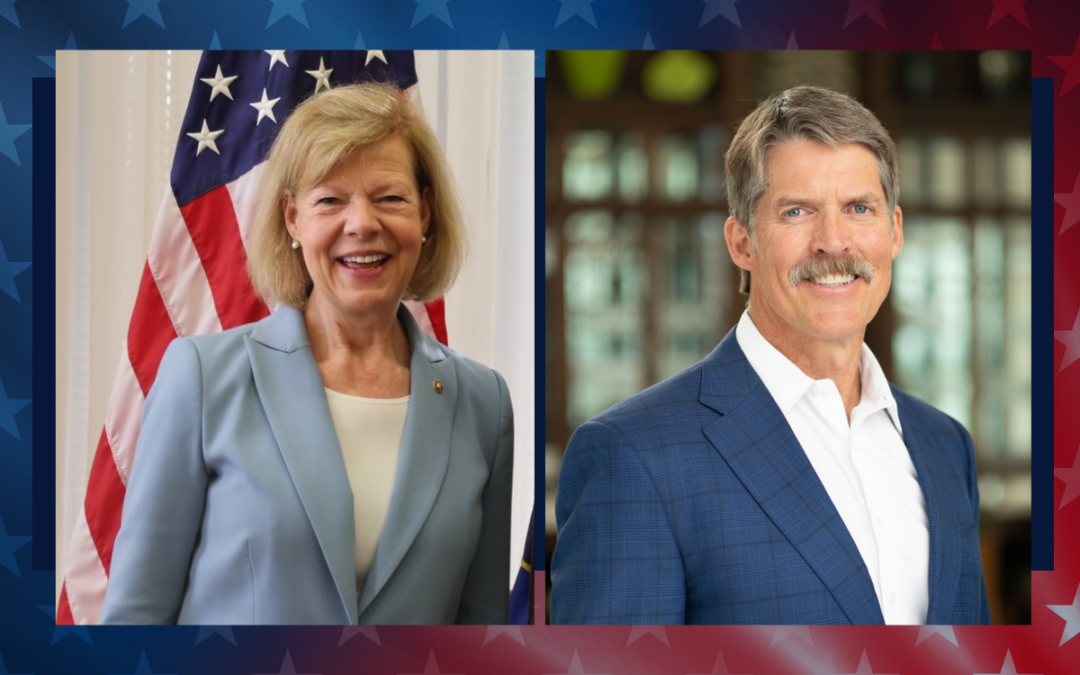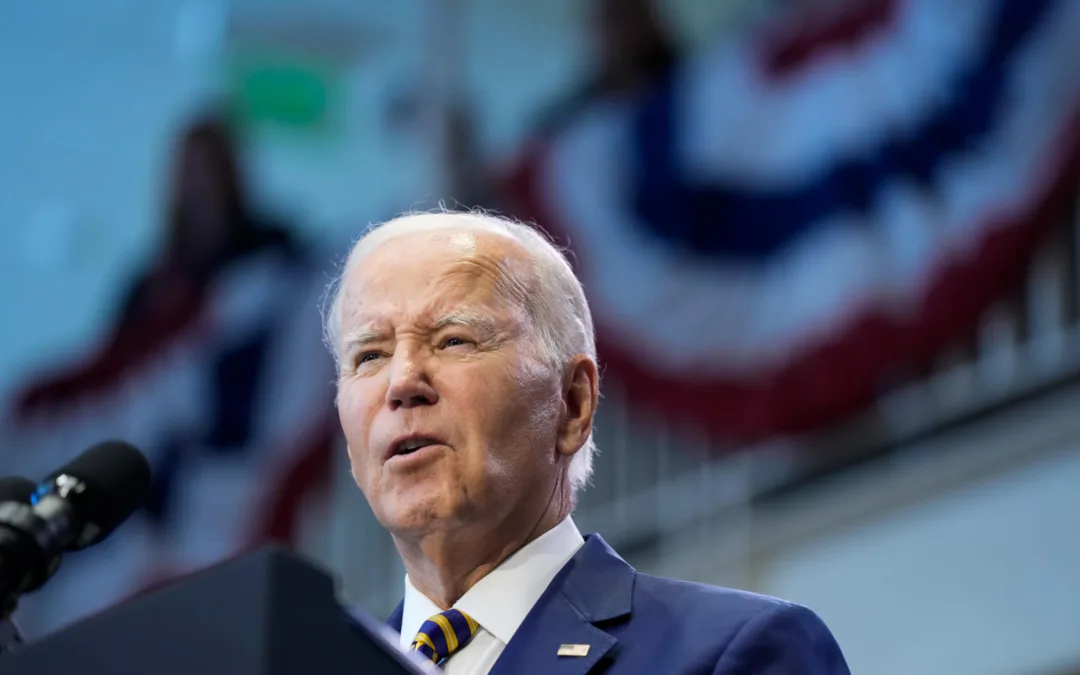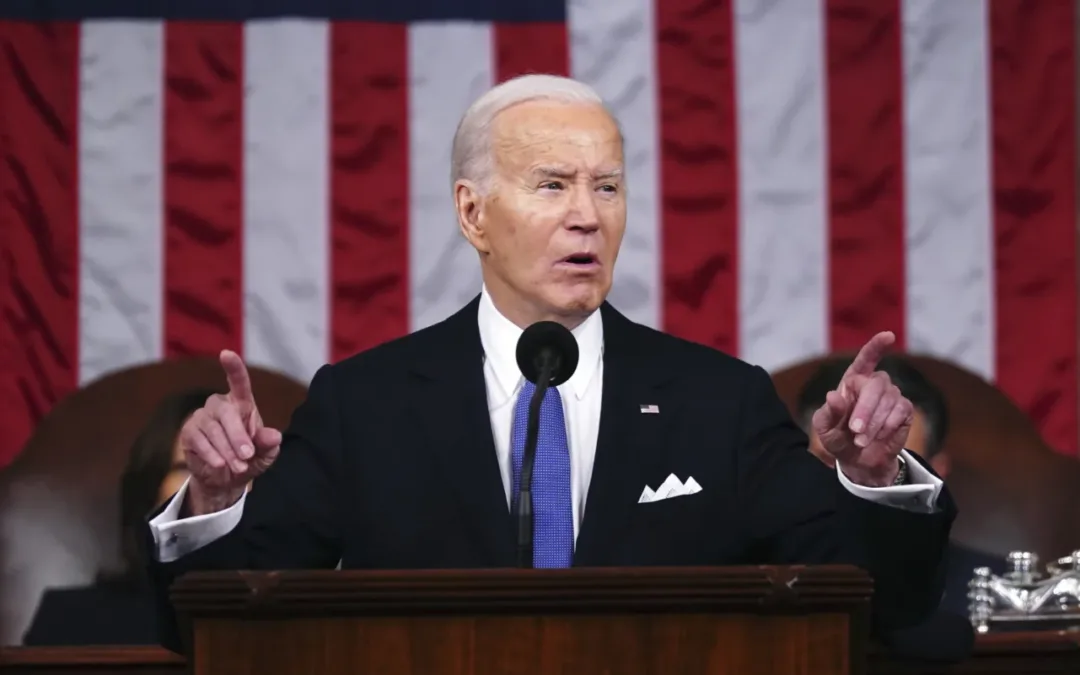
#image_title
#image_title
Kriss Marion, a small-business owner and Lafayette County supervisor, writes in support of rural communities.
As a small-business owner, homestead farmer, and county supervisor in southwestern Wisconsin, I have seen and felt firsthand what lack of public investment means for our rural Main Streets and small towns. The austerity policies and trickle-down approach of the past four decades have left my corner of rural America with the loss of family farms, a sluggish economy, crumbling infrastructure, lack of broadband internet, and little help for struggling entrepreneurs and working people.
But despite these challenges, just like other small-town citizens, I get up every day and work hard to rebuild my community and our local economy. My family’s farm-and-stay bed and breakfast draws hundreds of visitors to our rural village each year, and I have a financial and emotional stake in seeing us succeed. To that end, I participate in volunteer organizations like my chamber and regional leaders’ networks. I also work with the Main Street Alliance and Wisconsin Farmers Union, collaborating with other rural advocates to make the case for delivering needed investments to our communities.
These groups, along with other partners from across rural America, recently released the 2021 Rural Policy Action Report, a comprehensive rural federal policy action agenda that could help to reverse the bipartisan legacy of rural under-investment and neglect. The report sets these priorities: reduce corporate control of the farm economy, provide affordable high-speed internet to the countryside, build housing in rural places, cut greenhouse gas pollution, improve the public-sector safety net and provide health care for small businesses and workers.
Thankfully, some federal leaders and policymakers support these necessary changes. Earlier this year, for instance, President Joe Biden and Congressional Democrats passed the American Rescue Plan Act (ARPA), a big boost to the rural economy and rural people. ARPA included funding for children that is expected to cut rural poverty by a third, direct cash to low-income and working-class people, funding to build local food processing and distribution infrastructure, additional support for Main Street businesses, and critical funding for county governments and townships.
Here in Lafayette County, for instance, we are beginning the planning process for how to distribute $3.23 million in federal support for our rural county government. The 27 municipalities in our county received another $1.65 million in federal support to cover COVID-19-related economic losses and additional costs. Additionally, the state of Wisconsin received another $2.5 billion in federal support from the American Rescue Plan.
While this funding is critical, and will certainly help to stabilize our local economy, these funds represent just some of what is needed to ramp up economic development and create jobs in rural America. Biden’s proposed American Jobs Plan and American Families Plan would build on the successes of the American Rescue Plan in transforming rural communities.
RELATED: The Economy May Be Improving for Some Sectors, but Not for Wisconsin’s Dairy Farmers
Visitors to my bed and breakfast regularly fall in love with southwest Wisconsin. Many ask for local realtor contacts, interested in moving to our area to share in the strong community spirit, beautiful open spaces, affordable cost of living, and pastoral lifestyle we enjoy. I understand that sentiment. I moved here almost 20 years ago for those same reasons. My county recently ran an ad campaign to capitalize on the strong desire people have now, post-COVID, to live in a safe, charming small town.
Unfortunately, chronic lack of investment in our rural regions means that too many of these potential residents feel that they can’t make Wisconsin rural living work for their needs. Without access to high speed internet in many parts of our counties, and with uncertainty about local education and infrastructure funding in the future, many younger people and families raising children decide to stay in cities.
Our best bet to change the fortunes of my hard-working rural community is to make federal and state investments that help to address these funding and public service gaps, as well public-sector benefits like health care and paid family leave for small business owners and the working class. Rural communities, rural regions, and rural states can become engines of economic opportunity once again.
The question is: Are we willing to make strategic investments in Main Street businesses, family farmers, jobs, and public sector services to make our rural community more attractive, stable, and strong in the next generation? My hope is that voters, in rural and urban places alike, choose to reject the austerity mindset of the recent past in favor of an optimistic public-sector investment approach to build a bright future for all of us.
Politics

What’s the difference between Eric Hovde and Sen. Tammy Baldwin on the issues?
The Democratic incumbent will point to specific accomplishments while the Republican challenger will outline general concerns he would address....

Who Is Tammy Baldwin?
Getting to know the contenders for this November’s US Senate election. [Editor’s Note: Part of a series that profiles the candidates and issues in...
Local News

Stop and smell these native Wisconsin flowers this Earth Day
Spring has sprung — and here in Wisconsin, the signs are everywhere! From warmer weather and longer days to birds returning to your backyard trees....

Your guide to the 2024 Blue Ox Music Festival in Eau Claire
Eau Claire and art go hand in hand. The city is home to a multitude of sculptures, murals, and music events — including several annual showcases,...




